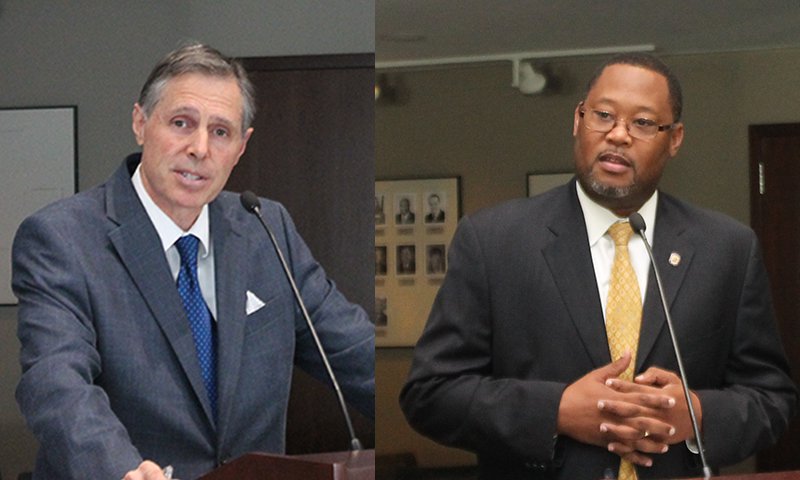From Tysons Corner to Silver Spring, new development is popping up around Metro stations. This transit-oriented development or TOD creates walkable, mixed-use communities near public transit and offers several economic benefits including attracting employers, talent, and jobs.
Transit-oriented development, particularly in the region’s 141 Activity Centers, will play a key role in helping accommodate the projected growth of 1.5 million new residents and 1.1 million jobs by 2045, according to the Metropolitan Washington Council of Governments (COG).
To promote TOD in the region, COG held a forum on November 2 to bring together more than 60 participants, including elected officials, WMATA staff, real estate developers, and local government planning directors. Participants shared best practices, opportunities for collaboration, and strategies to overcome challenges to spur development near Metro stations.
Panelists included George Washington University Center for Real Estate and Urban Analysis Senior Data Scientist Tracy Loh, George Mason University Professor of Public Policy and Center for Regional Analysis Director Terry Clower, WMATA Real Estate and Parking Director Nina Albert, WMATA Managing Director of Planning Shyam Kannan, Boston Properties Senior Vice President Pete Otteni, and many more.
Leading the discussions were City of Falls Church Mayor David Tarter and Prince George’s County Council Chairman Derrick L. Davis, who share their perspectives about TOD in this Q&A.

(City of Falls Church Mayor David Tarter and Prince George’s County Council Chairman Derrick L. Davis)
Why is transit-oriented development important for our region?
Davis: Transit-oriented development is purpose-driven place making. We live in the greatest region in the United States. With purposeful alignment of our land resources, transportation, and transit infrastructure, we can create the environments where people want to live, work, play, and pray.
Why is it important to bring local planners, developers, officials, and WMATA staff together to address transit-oriented development?
Tarter: Transit-oriented development is crucial to the future of WMATA and it's local government partners. It requires collaboration, flexibility, and partnership to be successful. We need input from all the stakeholders to achieve the best possible result.
How is your jurisdiction approaching transit-oriented development?
Davis: Prince George’s County is approaching transit-oriented development with purpose. It is a very big deal. We have focused, prioritized, and incentivized transit-oriented development. From our economic development plans to our general plan for land use and rewriting our 50-year-old zoning ordinance, the executive and legislative branches of government have partnered with the community to create the mix necessary to place make, bring jobs, and create opportunities for citizens and generations to come.
Tarter: There are two Metro stations with the Falls Church name, the East and West Falls Church Metro Stations. The city is planning development that will be connected to those stations. In particular, city voters recently approved a bond referendum for a new high school that includes development of a 10 acre TOD site at the West Falls Church station. This is part of the city's overall goal of making Falls Church more walkable and bikeable, and we are working closely with landowners, developers, and residents to make this happen.
What do you think are some of the key takeaways from today’s forum?
Tarter: The half mile of land surrounding each of our Metro stations are some of the most valuable and limited resources in the D.C. Metro area. We need regional cooperation and a sense of urgency to support proper development and to meet WMATA's pressing needs.
What do you think are some of the next steps to move transit-oriented development forward in our region?
Davis: To move transit-oriented development forward, we need to continue to move beyond competition amongst regional jurisdictions to the synergistic planning that I believe will bring companies like Amazon to our region.
MORE: View the agenda, presentations, and materials from the meeting.